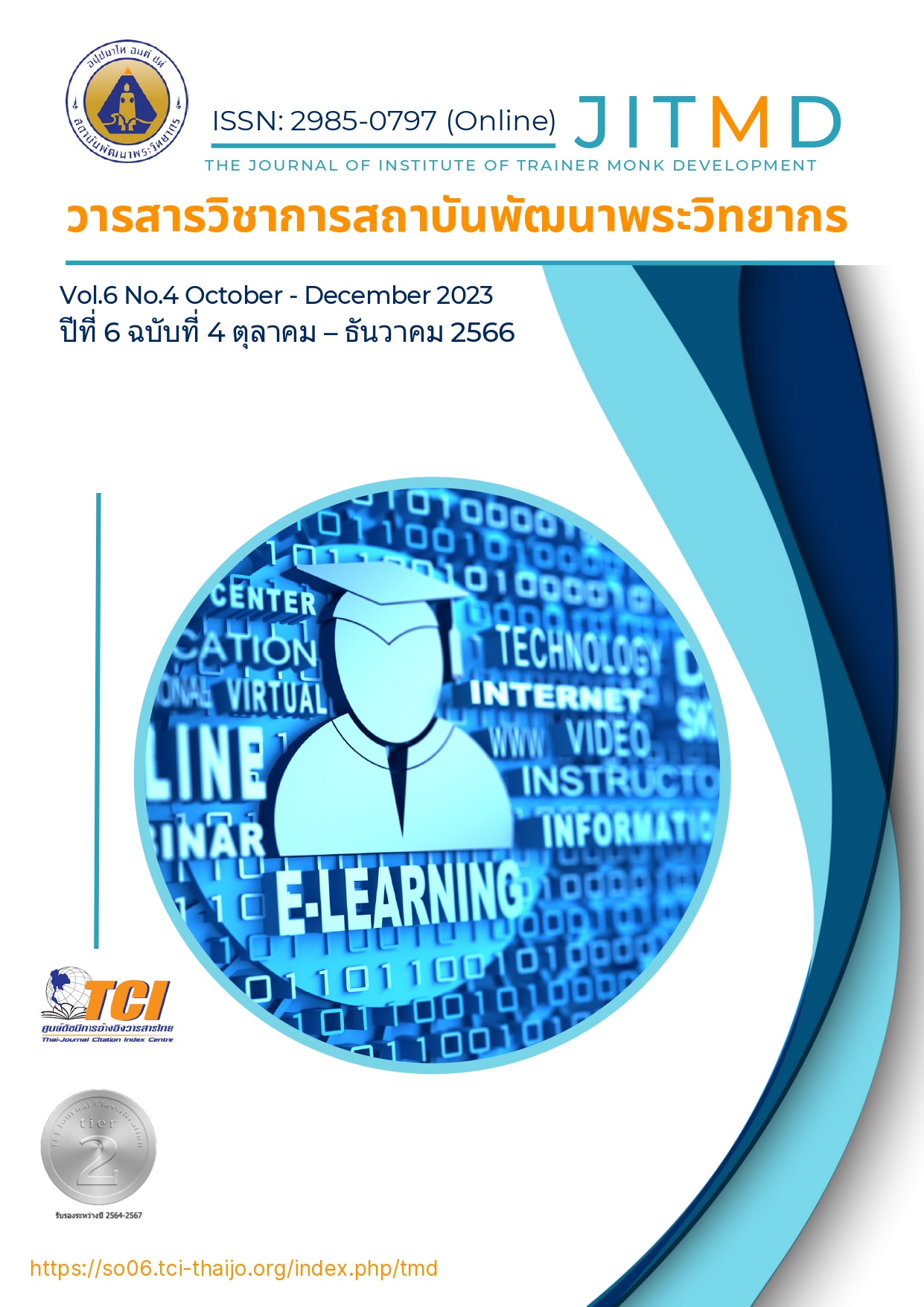The Guideline for Operation Development on Student Support System in Schools under the Secondary Education Service Area Office Phathalung
Main Article Content
Abstract
The objectives of this research were 1) to study the current and desirable conditions for Operation Development on Student Support System in Schools 2) to study the needs and requirements for the development of Operation Development on Student Support System in Schools and 3) to study problems, suggestions, and guidelines for developing of Operation Development on Student Support System in Schools. The sample group was teachers in Schools under the Secondary Education Service Area Office Phathalung. the sample size was determined by comparing the proportions from Table of Craigie and Morgan. The sample group was 292 people and 6 key informants. The research tool was a questionnaire and an in-depth interview. There was a confidence value of the questionnaire using the confidence value formula of the entire questionnaire equal to .940. Data were analyzed to find statistical values, namely, frequency, mean, percentage, standard deviation and analyze the priorities of the necessary needs with the PNImodified.. The research findings revealed that: 1. The current of Operation Development on Student Support System in Schools under the Secondary Education Service Area Office Phathalung at a high level (= 4.18, SD =0.63) and desirable condition at the highest level (= 4.61, SD =0.63). 2. The need for the development of the implementation of Operation Development on Student Support System in Schools under the Secondary Education Service Area Office Phathalung was PNI modified= 0.09. In terms of student screening, the PNI modified index was the first. (PNI modified = 0.14). 3. Guidelines for developing the Operation Development on Student Support System in Schools under the Secondary Education Service Area Office Phathalung, consisting of
5 aspects: 1) 1) Individual Student should promote and support the work of teacher advisors. 2) Student screening should be determined Standardized screening criteria. 3) Support and development of students should be encouraged for students to achieve inclusive development for all student groups. 4) Defense and solve student problems should be cooperation from all group involved established. And 5) Transfer should be built to network or team to diversify.
Article Details

This work is licensed under a Creative Commons Attribution-NonCommercial-NoDerivatives 4.0 International License.
บทความที่ได้รับการตีพิมพ์เป็นลิขสิทธิ์ของวารสารวิชาการสถาบันพัฒนาพระวิทยากร
ข้อความที่ปรากฎอยู่ในบทความที่ได้รับการตีพิมพ์ในวารสาร ถือเป็นความรับผิดชอบของผู้เขียนบทความ และข้อคิดเห็นนั้นไม่ถือว่าเป็นทัศนะและความรับผิดชอบของกองบรรณาธิการวารสารวิชาการสถาบันพัฒนาพระวิทยากร
References
กรุงเทพธุรกิจ. (2565). ช่วยได้จริงหรือ? "ระบบดูแลช่วยเหลือนักเรียน" ที่ทุกสถานศึกษาต้องมี. สืบค้นเมื่อวันที่ 23 ธันวาคม 2565 จาก https://www.bangkokbiznews.com/social/1004915
เจตบดินทร์ บุญญรัตน์, สาโรจน์ เผ่าวงศากุล และนิพนธ์ วรรณเวช. (2565). แนวทางการดำเนินงานระบบดูแลช่วยเหลือนักเรียนในโรงเรียนขยายโอกาสสังกัดสำนักงานเขตพื้นที่การศึกษาประถมศึกษากาญจนบุรี เขต 1. วารสารวิชาการสถาบันพัฒนาพระวิทยากร, 5(4), หน้า 75-86.
ธิตินัดดา สิงห์แก้ว. (2562). การพัฒนาระบบดูแลช่วยเหลือโดยใช้วงจร PDCA : กรณีศึกษาโรงเรียนวัดป่าตึง ห้วยยาบ อำเภอบ้านธิ จังหวัดลำพูน. วิทยานิพนธ์ครุศาสตรมหาบัณฑิต. บัณฑิตวิทยาลัย มหาวิทยาลัยราชภัฎเชียงใหม่.
พิชาพงศ์ นาภู และกฤษกนก ดวงชาทม. (2565). แนวทางการพัฒนาระบบการดูแลช่วยเหลือนักเรียนอย่างมีประสิทธิภาพของโรงเรียนขยายโอกาสทางการศึกษา สังกัดสำนักงานเขตพื้นที่การศึกษาประถมศึกษา ขอนแก่น เขต 2. วารสารพุทธปรัชญาวิวัฒน์, 6(2): 253-263.
รุ่งนภา สุขสำแดง. (2563). การดำเนินงานระบบดูแลช่วยเหลือนักเรียนของสถานศึกษาใน สังกัดสำนักงานเขต พื้นที่การศึกษาประถมศึกษาพระนครศรีอยุธยา เขต 1. วิทยานิพนธ์ครุศาสตรมหาบัณฑิต. คณะครุศาสตร์ มหาวิทยาลัยราชภัฎพระนครศรีอยุธยา.
วุฒิพงษ์ พันทิวา. (2563). สภาพ ปัญหา และแนวทางพัฒนาการดำเนินงานระบบการดูแลช่วยเหลือนักเรียน ในโรงเรียนสังกัดสำนักงานเขตพื้นที่การศึกษามัธยมศึกษา เขต 21. วิทยานิพนธ์ครุศาสตรมหาบัณฑิต. คณะครุศาสตร์ มหาวิทยาลัยราชภัฏสกลนคร.
สุนิสา มาสุข. (2560). การดำเนินงานระบบดูแลช่วยเหลือนักเรียนของครูโรงเรียน สังกัดองค์การบริหารส่วนจังหวัดระยอง. วิทยานิพนธ์การศึกษามหาบัณฑิต. คณะศึกษาศาสตร์: มหาวิทยาลัยบูรพา.
สำนักงานคณะกรรมการการศึกษาขั้นพื้นฐาน. (2559). ระบบช่วยเหลือนักเรียนนักเรียน. กรุงเทพฯ: กระทรวงศึกษาธิการ.
Krejcie, R. V. & Morgan, D. W. (1970). Determining Sample Size for Research Activities. Educational and Psychological Measurement, 30(3): 607-610.


